-
Welcome to Tacoma World!
You are currently viewing as a guest! To get full-access, you need to register for a FREE account.
As a registered member, you’ll be able to:- Participate in all Tacoma discussion topics
- Communicate privately with other Tacoma owners from around the world
- Post your own photos in our Members Gallery
- Access all special features of the site
The 921 LED Reverse Light Bulb Study
Discussion in 'Lighting' started by crashnburn80, May 6, 2017.
Page 1 of 9
Page 1 of 9


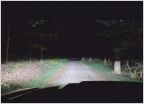 Auxbeam 32” Straight and 42” Curved 5D Series Cree Combo Light Bar Installation And Review
Auxbeam 32” Straight and 42” Curved 5D Series Cree Combo Light Bar Installation And Review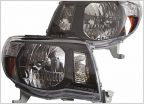 Depo Headlights / Quick question
Depo Headlights / Quick question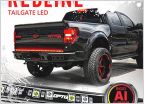 Tailgate brake light
Tailgate brake light Non OEM Replacement Headlights
Non OEM Replacement Headlights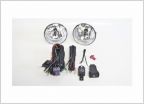 OEM Style Fog Light Install
OEM Style Fog Light Install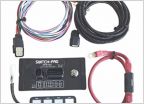 Switch Pros dropping Bluetooth connection
Switch Pros dropping Bluetooth connection












